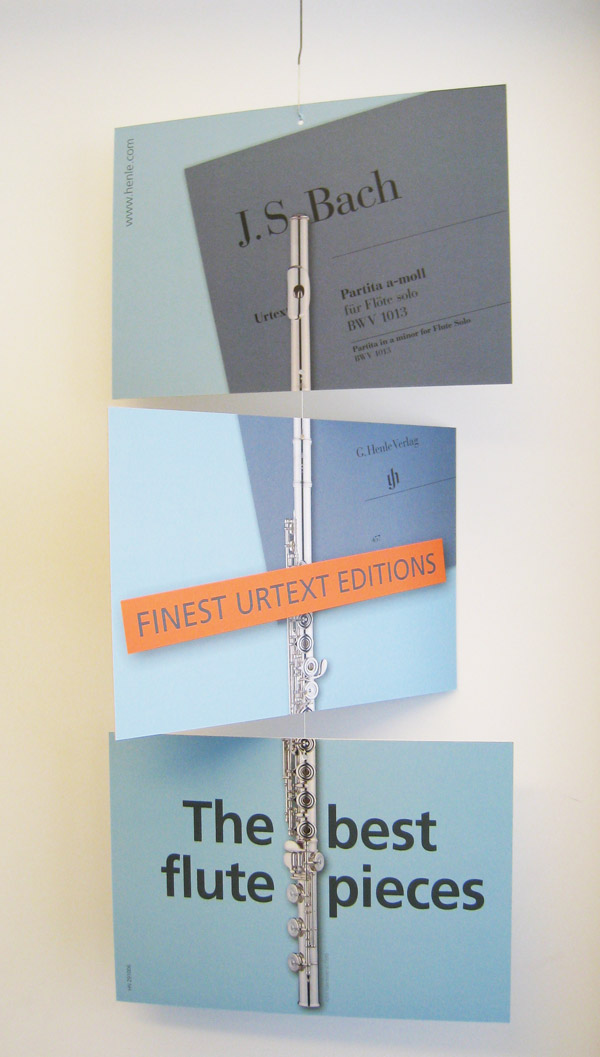Though Domenico Scarlatti (1685–1757) was indeed born the same year as Bach and Handel, he occupies an exceptional position amongst Baroque composers. Playing his harpsichord music is a seemingly carefree joy: virtuosic, sensuous in sound and so not at all cerebral. Continue reading
Search
Subscribe2
-
Recent Posts
Tags
accidentals arrangements autograph Bach Bartók Beethoven Brahms Carnival Chopin Christmas clarinet Debussy Double bass Dvorak Fauré fingering first edition genesis Haydn Hoffmeister horn instrumentation Liszt Mendelssohn Mozart notation piano piano concerto piano sonata Rachmaninoff Ravel revision Saint-Saëns Satie Schubert Schumann string quartet urtext variant reading variants variations versions viola Violin Concerto Violin Sonata


 Musicians have long known that not only pianists and string players get to enjoy first-class Urtext editions from the Henle house – our catalogue also has on hand a rich offering for winds that we are continually expanding. The current year’s focus on the “Flute”, now just drawing to a close (see
Musicians have long known that not only pianists and string players get to enjoy first-class Urtext editions from the Henle house – our catalogue also has on hand a rich offering for winds that we are continually expanding. The current year’s focus on the “Flute”, now just drawing to a close (see 
